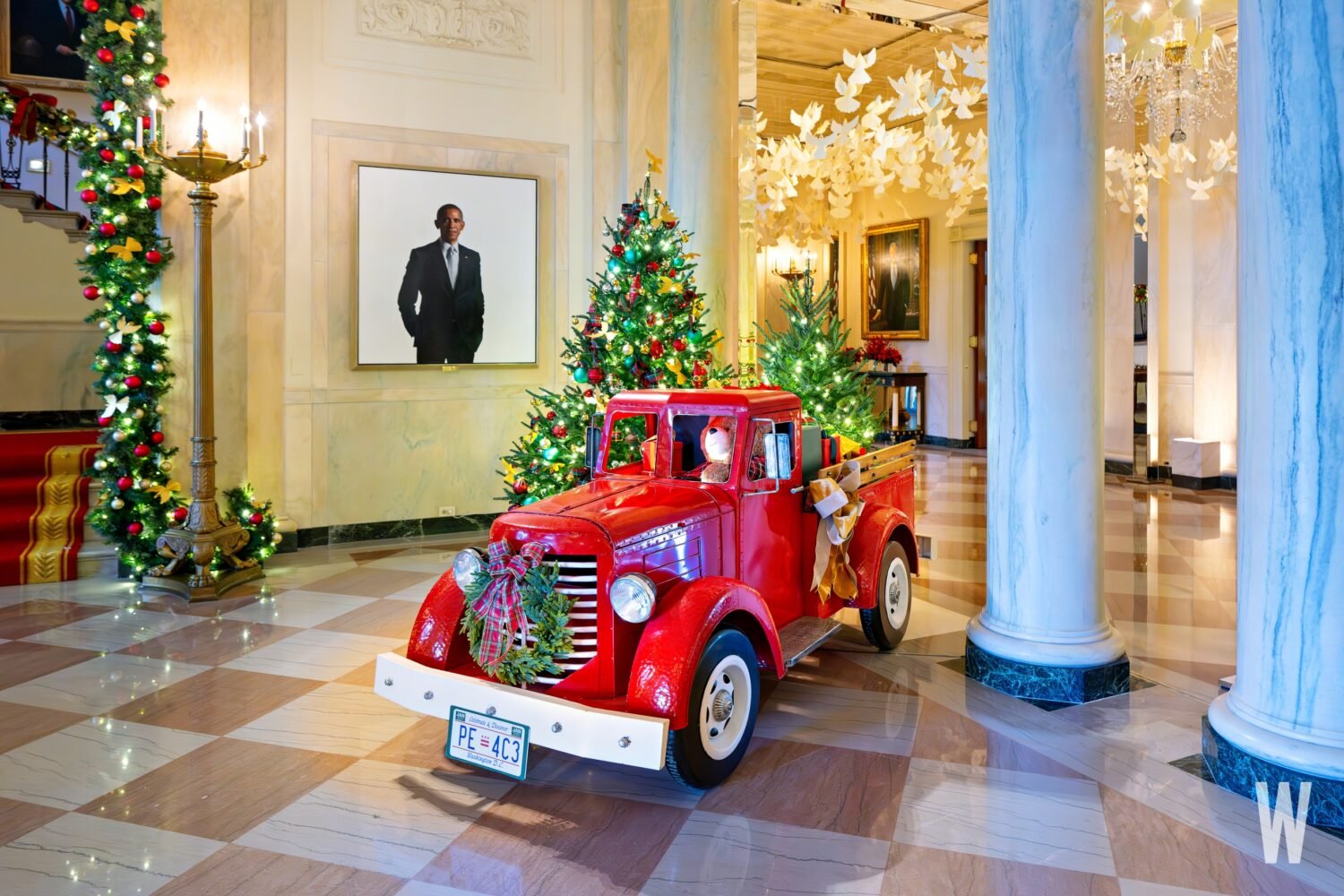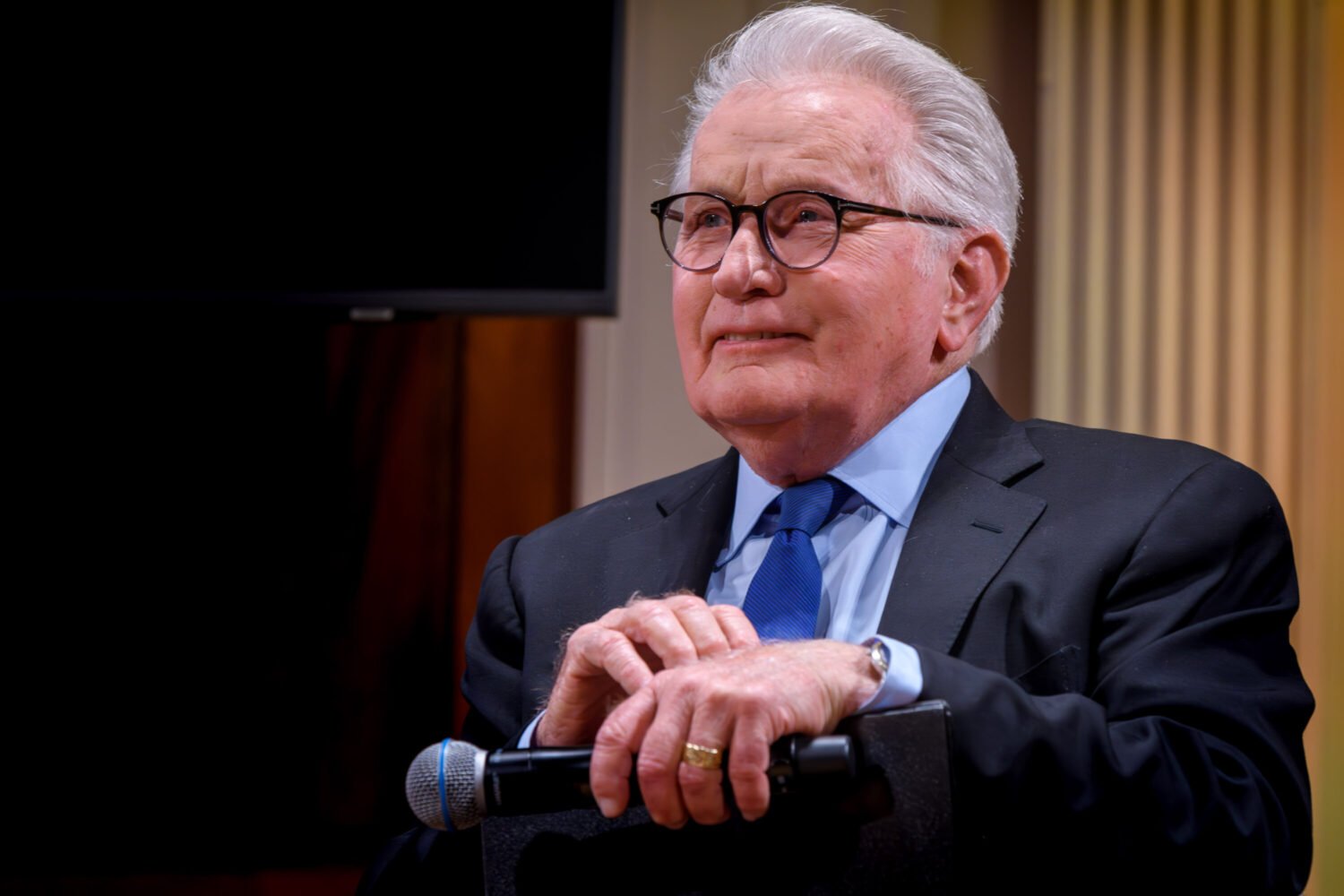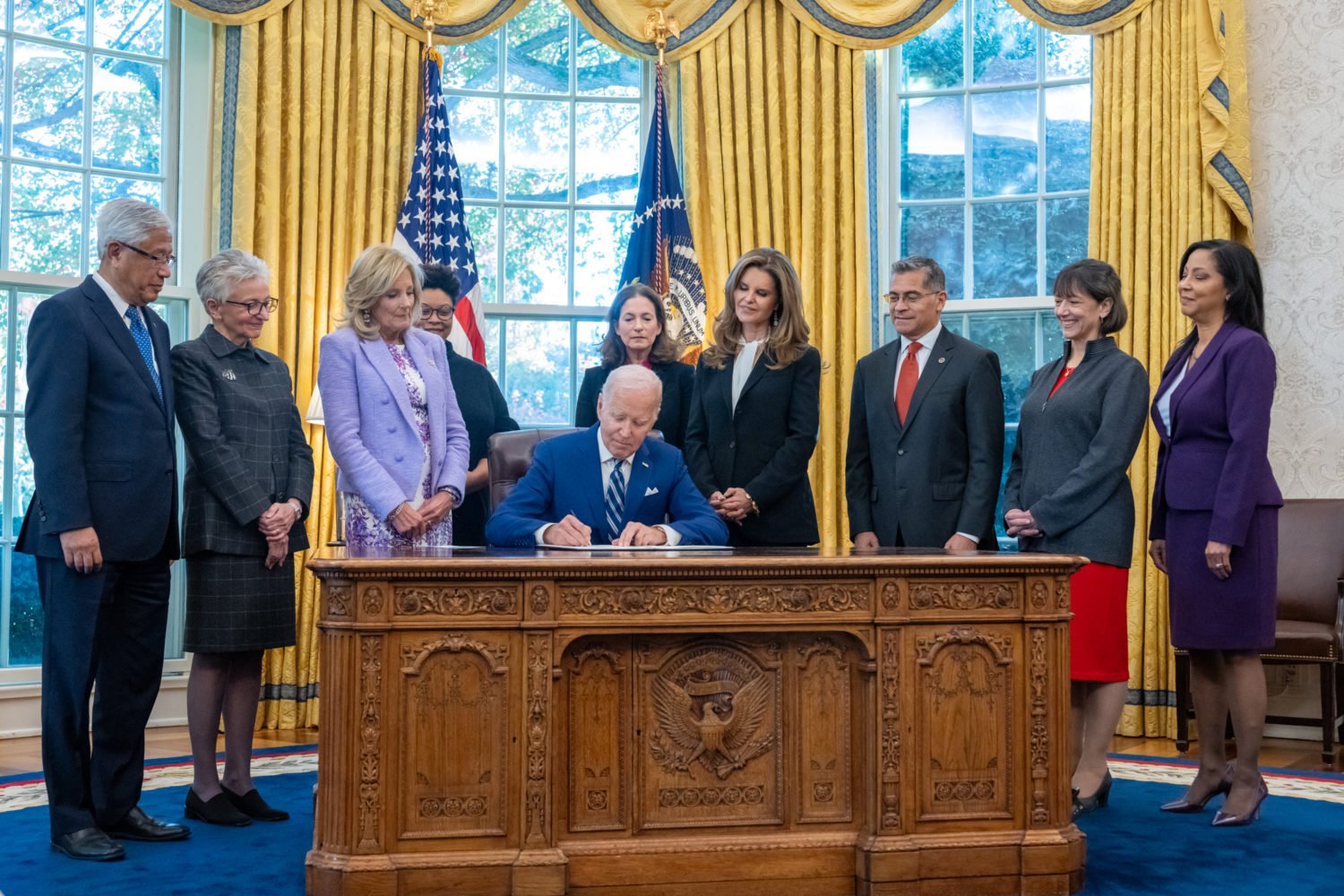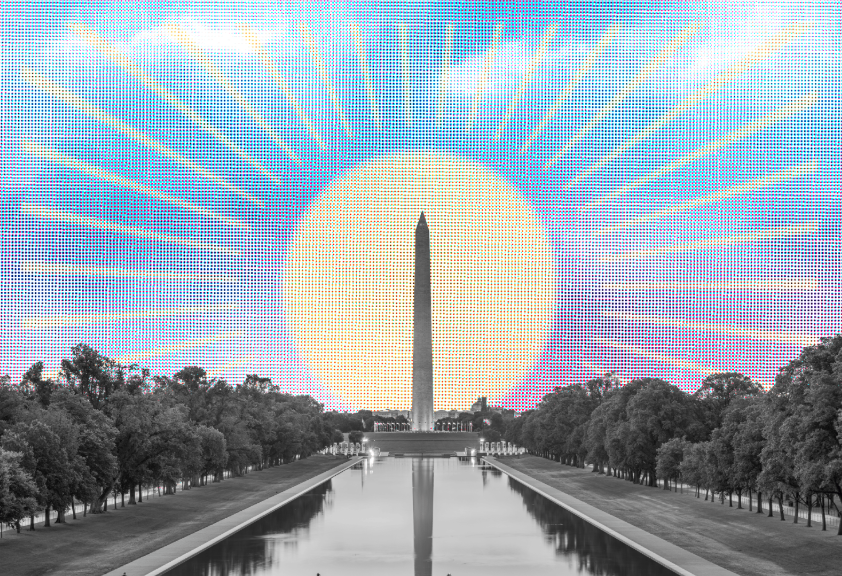Few Washington scenes are as iconic as a Secret Service agent in sunglasses and a dark suit whispering into his sleeve. Once upon a time their communications could be overheard on open airwaves, so agents took to referring to their protectees by code names.
Secure military networks now offer protection from eavesdropping, but the Secret Service still maintains its code names, and they are studied for clues as to the protectee’s personality. The sometimes wooden Al Gore was known for years as Sawhorse, and many read the tea leaves closely when word came out that Barack Obama, the first of the 2008 presidential candidates to get protection from the service, was to be known as Renegade.
What about others? “Evergreen,” the name for Hillary Rodham Clinton—who gets protection as a former first lady—dates back to the 1992 campaign, when Bill Clinton (“Eagle”) first fell under the protective umbrella.
George W. Bush is called Tumbler, another name dating back to his father’s presidency and perhaps to his earlier reputation for partying; George H.W. Bush was known as Timberwolf.
Agents called Dwight Eisenhower “Providence” while he was in office, but after he left the White House the golf-loving general was dubbed Scorecard. Sunday-school teacher Jimmy Carter was “Deacon,” and movie star Ronald Reagan was “Rawhide.” In 2004, Massachusetts senator John Kerry was “Minuteman.”
The code names carry over into pop culture: In The West Wing, leggy press secretary C.J. Cregg objected to being tagged as Flamingo. In 24, President Palmer was called Citadel, and in Tom Clancy’s novels, Jack Ryan is known as Swordsman.
The Secret Service isn’t the only group to use code names: Recently released CIA documents show that Fox News anchor Brit Hume was tagged “Eggnog” when agents were tracking Hume’s boss, muckraker Jack Anderson, in the 1970s.
This piece originally appeared in the August 2007 edition of the magazine.


















